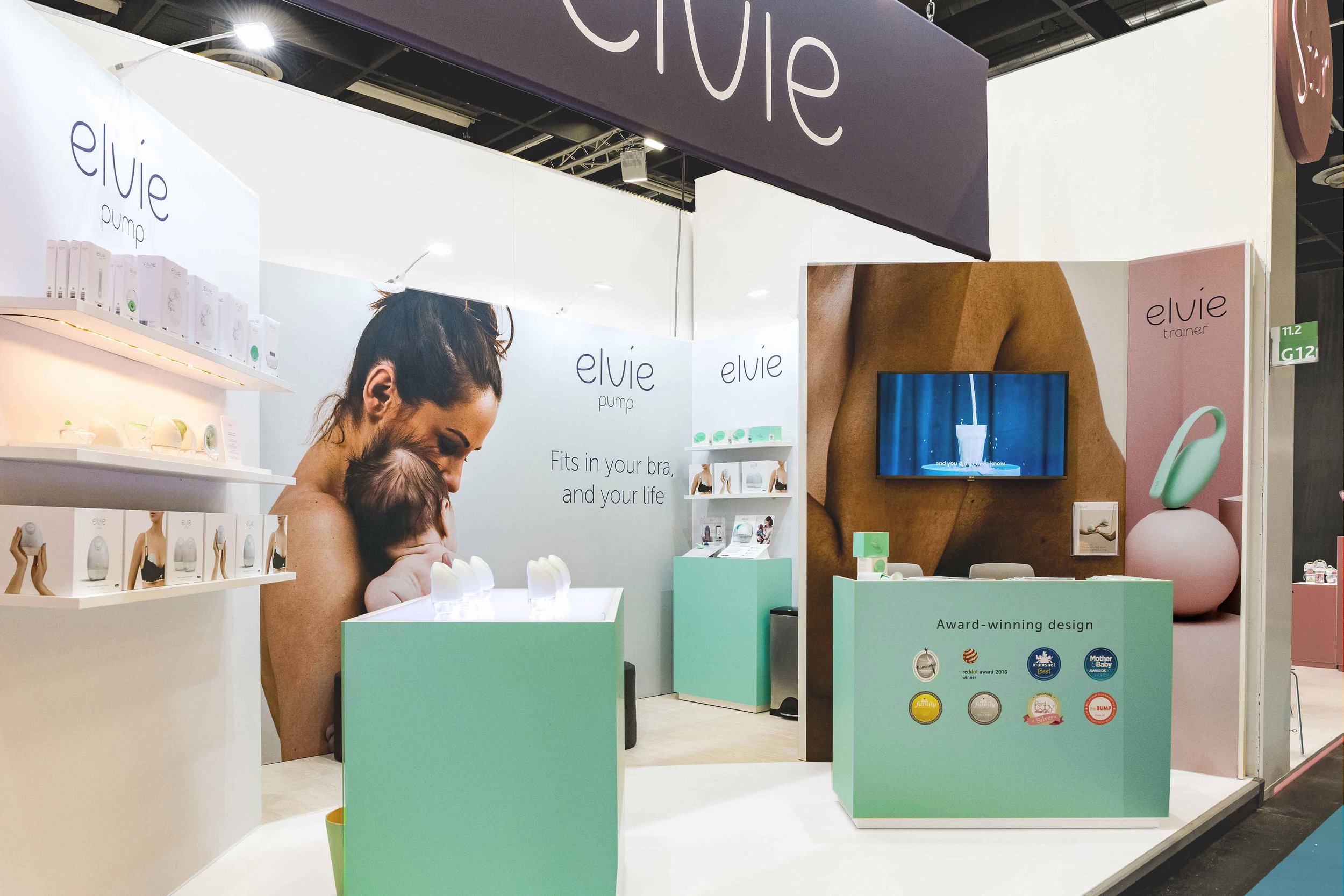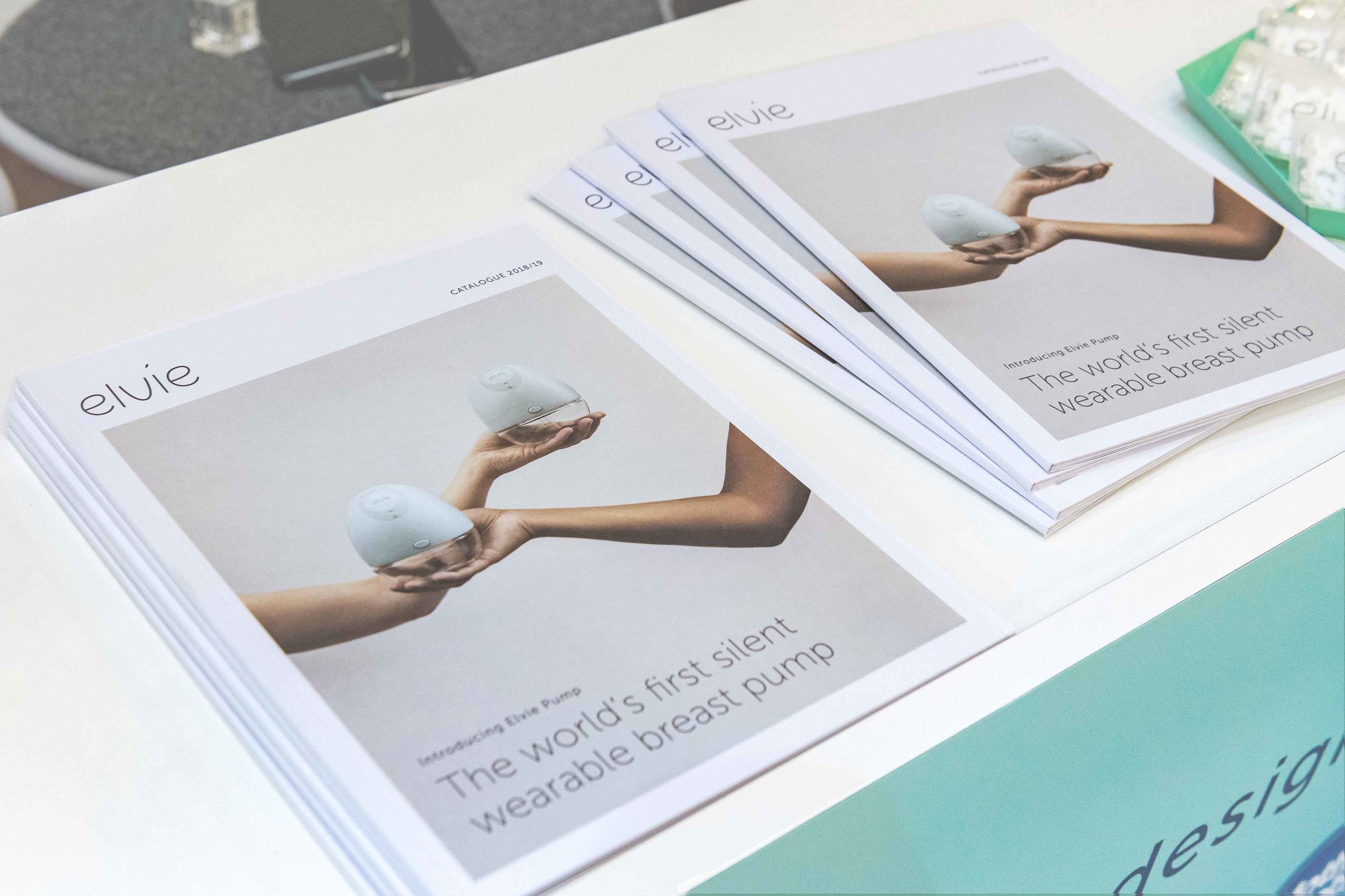Beyond ROI
Why fresh thinking about metrics is vital for event evaluation
To paraphrase the famous Cadbury’s Creme Egg ad, ‘events – how do you evaluate yours?’ We’d be willing to bet a whole truckload of the Eggs in question that the phrase ROI would come into most peoples’ answer, and with good reason.
No one spends money on events without expecting them to generate some kind of benefit for the organisation: brand exposure, more customers or increased sales, for example. On the whole, events don’t disappoint: a 2018 survey of Harvard Business Review readers found that 52% of respondents said event marketing drives more business value than other marketing channels.
Not only that, but maturation in technology and data analysis means that increasingly, marketers can track almost every stage of the marketing journey to see exactly which elements are creating financial value, and how. This means that ROI is a very sensible and increasingly detailed measure of success and should always be part of any evaluation plan. However, when we sit down with our clients at the brief stage to talk evaluation, we generally advise against focusing too narrowly on it as the be-all and end-all measure of success.
Short-term metrics don’t help with long-term progress
A well-established criticism of ROI is that it is a short-term measure, focused on immediate results such as an uptick in leads or an increase in names in the CRM. But while these can be a useful rough indicator of how an event went, they are not always reliable in predicting overall business success. There are many ways of ‘gaming’ these measures (remember the old ‘business card in the bowl to win a bottle’ tactic?) which do nothing for your brand or your organisation, and some potential returns from events may take weeks, months or even years to come to fruition. For this reason, many marketers view ROI as more of an input than an outcome.
Can you manage what you can’t measure?
Another reason ROI won’t give you the whole picture is that some outcomes are much harder to measure in financial or numerical terms than others. Brand equity, for example, is intangible and difficult to measure in the short-term, but vital to long-term success. It should therefore be part of any evaluation.
And what about the value of changing an entire market? Our client Elvie didn’t just want to sell their ground-breaking breast pump to women having their first child: they wanted to change the conversation about breast pumps and motherhood completely. They understood that each mother may be a one-off sale, but bringing breast pumps into the open and making them part of a conversation about technology and motherhood would generate long-lasting buzz about their brand and result in sales with successive generations of mothers, as well having an effect on their other technology-based products for women. So when they asked us to build their stand for one of the largest baby and children shows in Europe, Kind & Jugend , we created a design focused on creating engaging conversations with retailers.
Think impact not sales
When an event is publicly funded for the benefit of all, the returns can’t necessarily be measured in financial terms. This is why cultural event evaluation focuses on impact rather than return on investment, and the sector can provide some useful learnings about how to define and measure impact.
Arts Council-funded scheme Creative People and Places, for example, uses impact stories as well as numbers to demonstrate the value they have brought through their events. Their guide to the evaluation methods they used between 2013-2016 has some great ideas in it, from the anti-form to the evaluation board, to how to define and measure social value.
Considering impact also forces you to think more deeply about some of the less immediate, but nonetheless important, objectives for the event. Connecting people, facilitating knowledge exchange, helping people learn new skills: all these can contribute to building your brand equity but won’t necessarily translate into sales immediately. You could use technology to measure some of these (Poken, for example, provides great aggregated data on how many connections delegates made at an event), rely on good old-fashioned observations, or come up with a fun way to capture connections, such as a photo frame for people to post selfies to your social media channels with others they’ve met.
And finally, the impact you didn’t make
More and more organisations are adopting KPIs that relate not just to their financial success but to their performance against social, ethical and environmental indicators as well (we’ve been thinking about this a lot lately). An important part of any evaluation, therefore, should be focused on the impacts your event did – or didn’t – have in these areas. For example, an event that achieves positive financial outcomes and sends zero waste to landfill should be deemed more successful in your evaluation scheme than one that achieves the same outcomes but creates a huge pile of non-recyclable rubbish.
We know that when the language of the boardroom is generally focused on financial metrics, it can be hard to look beyond ROI as a measure of success when reporting. This can be a frustration for many marketers who understand the huge value that events offer in terms of brokering connections, building relationships, and providing opportunities for face to face interaction. However, it is those businesses that realise that the key to long-term survival is to balance short-term gains with laying the building blocks for the future, and build this into their evaluation plans, that will ultimately win out.



